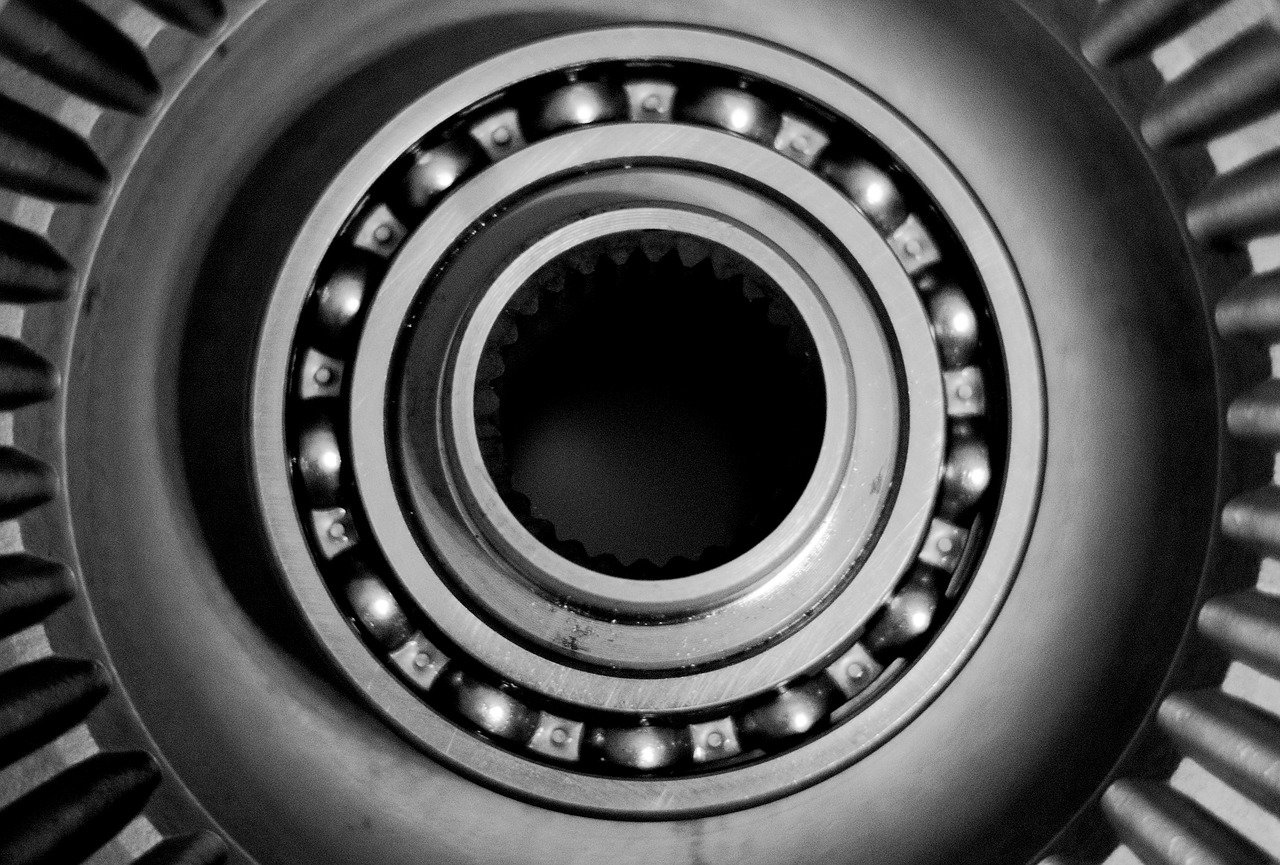What Materials do Airplane Manufacturers Use Today?

An airplane needs to be strong yet lightweight, with some parts requiring high rigidness and others needing to be pretty flexible. As one can easily deduce, an aircraft manufacturer would need to use a wide array of different materials on a flying model, and this is indeed the case.
Today, we see steel, aluminum, and titanium alloys being used extensively, but the lion’s share actually goes to composite materials such as fiberglass, carbon-fiber-reinforced polymers, quartz-fiber reinforced plastic honeycombs, and various others.
To figure out what is used where you need to consider the role of each component on an aircraft. The fuselage and the wings, for example, need to be lightweight and strong yet elastic enough to withstand the aerodynamic forces without deformations or cracks. Thus, manufacturers use composites for these parts.
The wingtips or slats, as well as the front edge of the vertical stabilizer, are slashing through the air, so they need to be made out of a material that isn’t prone to oxidation or corrosion. This is why airplane makers prefer aluminum for these components. As for high-load carrying elements such as the engine pylons or the landing gear, these are made out of stiff and super-strong titanium.
Since airlines consider fuel savings before they place their fleet orders, manufacturers are striving to make their airplanes as lightweight as possible.
This means that the use of composites is getting gradually broader, pushing them in more components and even structural elements. The Airbus A350 for example that was introduced in 2015 is 53% made out of composites. The Boeing 787 Dreamliner that was introduced in 2011 features an airframe that is primarily made of composite materials.
Of course, composites come with their own set of risks. They can “hide” damage like cracks and fatigue, while their porous nature can collect moisture and cause delamination at high altitudes.
That said, figuring out where to use what on an aircraft is an extremely delicate process, and always involves a mix of materials.

 Tech Steel & Materials
Tech Steel & Materials